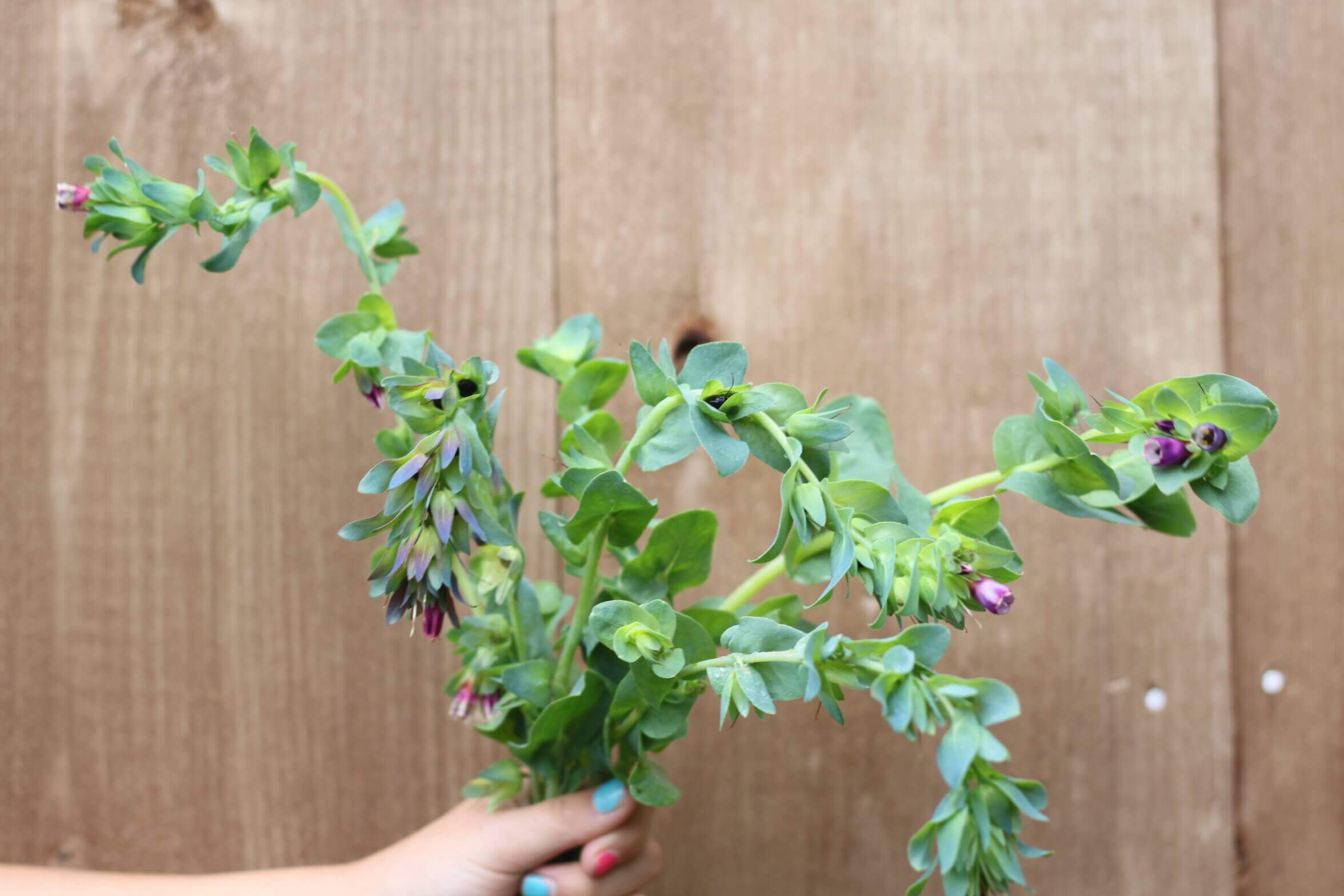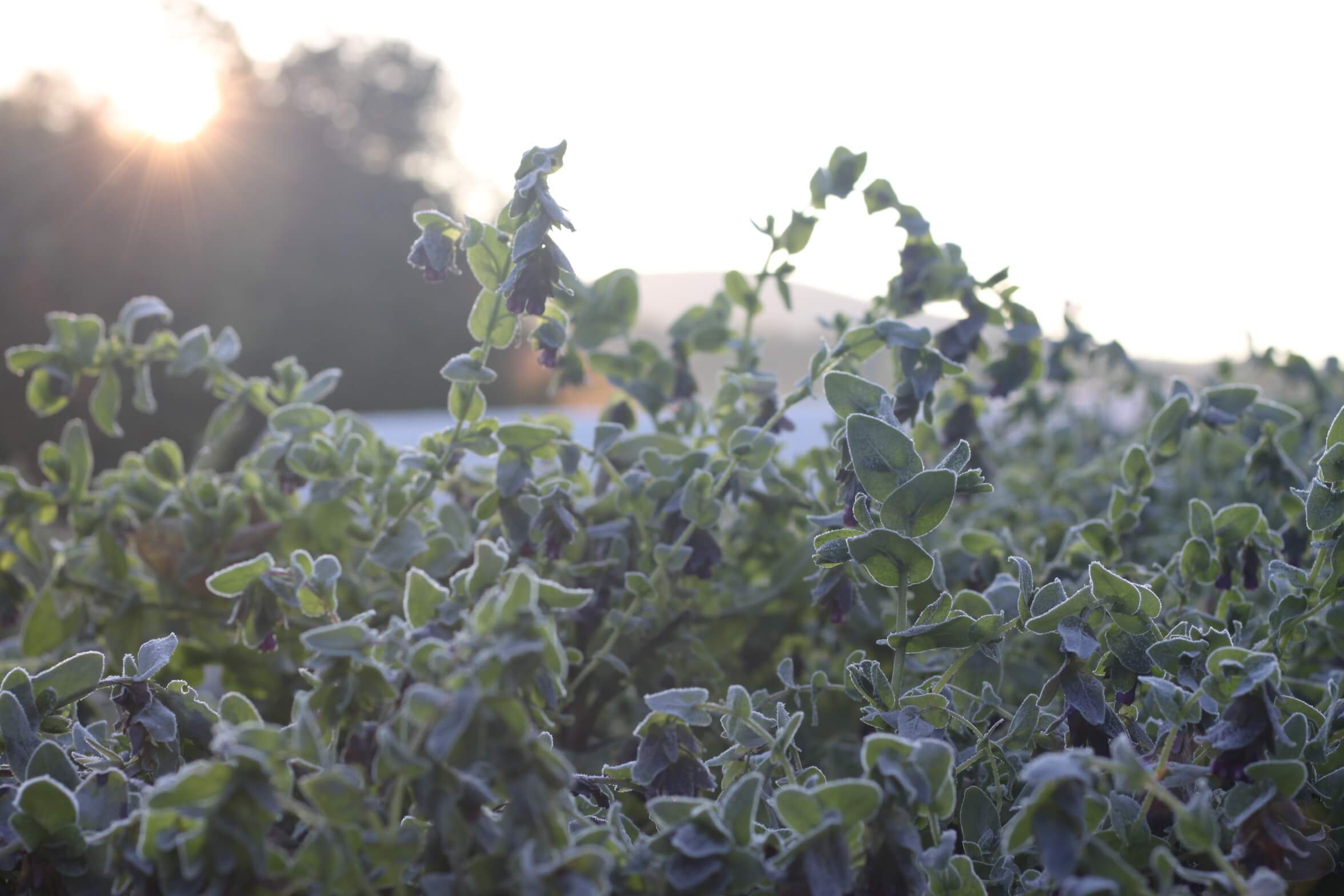We’ve all seen them from our favorite social media handles: the armloads of flowers, tossed nonchalantly over someone’s shoulder as she casually stands in a sundress, with a perfect sunset in the distance.
But is that the best way to sell product to your wholesale buyers? There is an important difference between a photo that may see high engagement on an influencer’s social media account, and a photo that will sell your flowers to your intended designer audience.
Purchasing flowers online is a visual experience for the buyer, so it is important not to overlook the value of a quality image. We will revisit social media photos in another post, but here are a few things for you to think about as you snap images for florists and designers…
Lighting
Lighting is central to a quality photo. Natural light from the outdoors will almost always produce a superior image from an amateur photographer (most of us!) compared with the hues available from artificial yellow or fluorescent indoor lights. Having said that, not all natural light is created equal.
Watch out for… too much sun! When photographers think about natural light (sunlight), they often distinguish between direct and indirect sunlight. If the light is direct (rather than indirect or ambient) it can produce unintended shadows that interfere with your image. Direct sunlight can also cause over-exposure or can cause lighter color tones to become washed out, making it difficult for your designers to tell the true colors of the product they are ordering.
Consider… seeking out a shady spot with ample indirect (ambient) sunlight to snap your images. This allows you to bring out the true colors of your blooms (rather than adding unintended yellow hues from indoor light) without risking patchy shadows or washing out your lighter varieties. Experiment also with how product looks at different times of day – morning or evening light is often much softer and more forgiving than mid-afternoon overhead light.
Backdrop
A shot of your field can be a lovely image for social media, but it may not be what your florists and wholesale buyers are looking for to help them make a decision about a given product.
Watch out for… cluttered or distracting backdrops. Pay attention to the background in your photos, and keep in mind the desired point of focus for your intended audience. Help your designers envision the product that they would receive (and how they might be able to use it in their design work!) by allowing their eyes to focus only on the item you are selling, rather than the background in the image.
Consider… seeking out a solid backdrop to help your audience focus on the flowers you are trying to sell, and tune out the background “noise” of a field image. A few examples:
- An exterior wall of a house
- A barn or greenhouse door
- A few pieces of scrap wood lined up
- Or a more portable surface, like a chalkboard
If you are selling an item like Bachelor’s Buttons, consider how much easier it would be for your designers if they are able to see what they are getting. A group of tangled plants shot from above with a rainbow of other varieties in the background and grass in the foreground is much less convincing than a couple of cut and processed bunches of Centaurea against a solid backdrop where they are able to focus on the details of the delicate bloom itself.
Framing / Perspective
Framing a photo means to think about the point or area of the photo that you would like the viewer’s eye to focus on, and to consider how you are allowing that to happen.
Watch out for… where you are standing in relation to the product you are photographing. Background plays an important role here, but so does the physical position of the photographer. If you are taking a shot from overhead, your designers may not be able to discern what the foliage of a stem looks like, or what it may look like once it is processed. Similarly, if you are taking a photo of a variety like poppies, an overhead photo likely would not convey the movement in their stems.
Consider… taking photos from straight on, angling your product toward the camera or phone to allow the viewer to focus on the bloom you are photographing. Also, features like a hand around the bunch you are shooting can help to provide scale to the item, which can be helpful if a designer has not worked with an item or has not previously ordered it from your farm. And finally, don’t forget to FOCUS your shot! Blurry images make it close to impossible for designers to decipher what they are ordering.
Representation
And finally, consider how accurately your photo represents the product you are trying to sell. This can refer to the appearance of the flower color (or mix of colors) in your photo, the scale of the bloom size, or the scale of the stem length.
Below, you will find two images of Cerinthe – neither of which has been edited from the original shot. The first is a field image shot in early morning, with dew on the foliage and a sunrise in the distance, backlighting the subject of the image; the second image is a grouping of five stems cut, processed, and held against the shaded side of a shed.
Note how much easier it is to tell the true colors of the foliage, to pick out the beautiful blue-violet highlights at the ends, and to see the movement in the stems in the second image. Although the first might be a whimsical image for social media, if a designer had purchased Cerinthe for the first time based on the first image, they might be expecting a gray foliage for their design work, rather than the bright green with blue-violet highlights that is delivered to them.


In summary, remember to consider the following when taking photos of your blooms:
- Lighting
- Backdrop
- Positioning
- Representativeness of photos to the true product
By considering the photographic elements listed above, you will best position your product for sale to wholesale buyers.
Categories

About the Author
Rooted Farmers
The Rooted Farmers Team is happy to bring you content that we hope provides value. The topics covered range from farming and running a hub, to sales, marketing, and all things related to building your business, to the unique challenges faced by growers. Our philosophy in sharing this content is that we are always in a position to learn; embracing this mentality will only help us to grow, both within our businesses and personally. If there is a topic that you feel would be of value to the Rooted Farmers community, we encourage you to share your ideas with us by sending an email to: reachout@rootedfarmers.com
